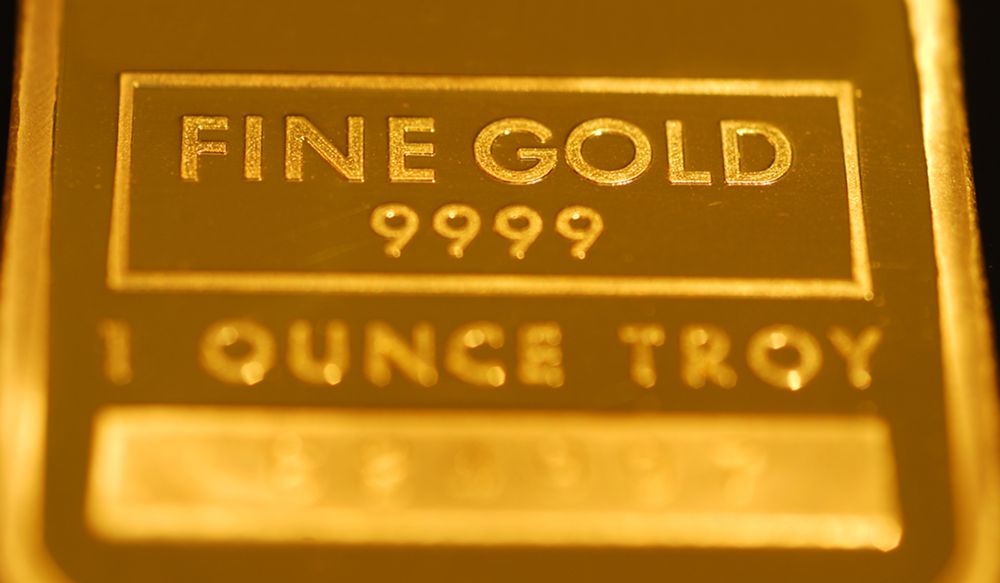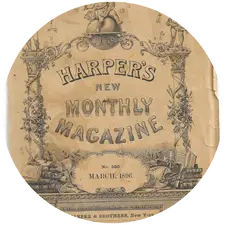When dealing with precious metals like gold and silver, every gram matters. Even a minor measurement error can lead to significant financial losses. Many people think that all ounces are the same, but they are not. There are key differences between a standard ounce and a troy ounce. Understanding these differences helps investors and buyers avoid costly mistakes. Therefore, understanding these units ensures fair pricing and accurate transactions.
Whether you’re buying, selling, or investing, you should know the right unit measurement. Let’s explore the difference between an ounce and a troy ounce and why knowing them helps protect your investments.
What Is an Ounce?
An ounce (oz) is the unit of weight in the avoirdupois system. It is commonly used in countries like the United States for everyday weight measurements. Specifically, one avoirdupois ounce equals approximately 28.35 grams. This unit measures food, postal packages, and other consumer goods.
Historically, the avoirdupois system originated in the 13th century. It remains the standard for most weight measurements outside the precious metals industry. Some commodities that regularly use this unit are groceries, personal items, or shipping weights. An avoirdupois pound consists of 16 ounces.
Due to its widespread use, the avoirdupois system became the standard weight unit in the United States.
Let’s learn more about the troy ounce below.
What Is a Troy Ounce?
A troy ounce (ozt) is a unit of weight in the troy system and has historically been used for trading valuable metals. One troy ounce is measured as 31.103 grams, making it 10% heavier than a standard ounce.
This system originated in the medieval trading markets of Troyes, France. Today, people still recognize it as the international standard for measuring gold, silver, platinum, and palladium.

Bullion and coin industries prefer using the troy ounce as the measurement unit. For precious metal transactions, this unit is considered very important as it is accepted globally and has a long-term history. Therefore, investors and traders can evaluate accurate pricing using troy ounces.
Using the wrong unit can lead to a loss of money. That’s why when buying gold, silver, or other bullion, you should check whether weights are listed in troy ounces.
Key Differences Between an Ounce and a Troy Ounce
If you are investing in precious metal by trading more manufacturing, understanding the difference between an ounce and a troy ounce is a must. A clear comparison helps avoid confusion and ensures accurate transactions.
Below is a detailed breakdown of their key distinctions:
| Aspect | Standard Ounce (oz) | Troy Ounce (ozt) |
|---|---|---|
| Weight in Grams | 28.35 grams | 31.103 grams |
| Measurement System | Avoirdupois | Troy |
| Common Uses | General goods (e.g., food, postal items) | Precious metals (e.g., gold, silver) |
| Pounds per Unit | 16 ounces = 1 pound | 12 troy ounces = 1 troy pound |
Weight Difference
The first and biggest difference between a standard ounce and a troy ounce is weight. A troy ounce is 31.103 grams, whereas a standard ounce is 28.35 grams.

The weight difference of 2.753 grams may seem small. However, the pricing and valuation of precious metals could be significantly affected by this small number. If the wrong unit is used when calculating gold or silver prices, serious errors can occur in financial transactions.
Measurement Systems
The Avoirdupois system includes the standard ounce. In this system, 16 ounces are equaled by one pound.
The troy ounce belongs to the Troy weight system. Historically, people used this system for trading precious metals. Different from the Avoirdupois system, a troy pound has only 12 troy ounces.
This key difference affects weight calculations. For those dealing with precious metals, accuracy in weight and pricing depends on using the correct system.
Common Uses
The standard ounce is commonly used in daily life. It measures groceries, postal packages, and various consumer goods. Since it appears in everyday transactions, most people are familiar with it.
The troy ounce, however, is specific to precious metals. It is used to weigh and value gold, silver, platinum, and palladium. This unit ensures consistency in metal trading. Standardized measurements help investors and traders maintain fairness in the global market.
Additional Considerations
The troy ounce system began in medieval Troyes, France. It remains the standard for precious metals, even after the world adopted the metric system.
Gold, silver, and other metals are always priced in troy ounces. If a coin or bar is labeled in ounces, the unit must be verified. Costly mistakes can result from mixing standard and troy ounces. Significant financial loss can be caused by a small miscalculation in weight, especially in large transactions.
Ensuring Accurate Precious Metals Measurement with Ledoux & Company
Precise measurement is vital for investors, refiners, and jewelers. It unlocks the true value of gold and silver. Ledoux & Company leads in Precious Metals Analysis, offering expert testing. Our methods are diverse, ranging from Fire Assay Cupellation, ICP (Inductively Coupled Plasma) to Chemical Titration. We are confident that we are one of the top companies on the market, delivering unmatched accuracy. With certified expertise, we bring reliability and transparency to every bullion assessment.
Want to be sure your metals are valued right? Visit Ledoux & Company. Need assistance? Check out the Contact page!
Understanding the difference between an ounce and a troy ounce isn’t just important—it’s essential. A small mistake can mean big losses. Recognizing these distinctions and trusting experts like Ledoux & Company ensures precision. It gives stakeholders confidence in every transaction.













